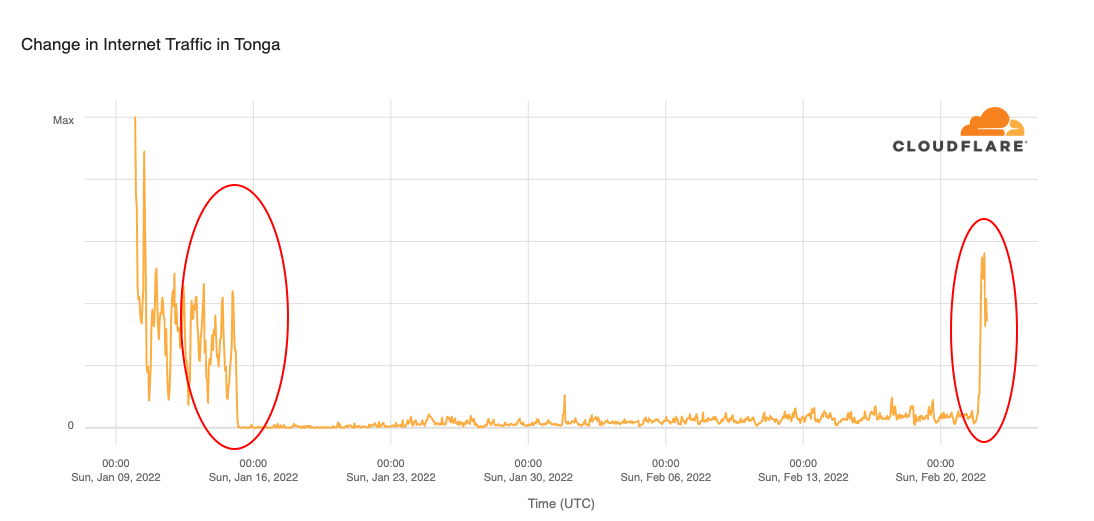New netlab Installation Instructions
A long-time subscriber with a knack for telling me precisely why something I’m doing sucks big time sent me his opinion on netlab1 installation instructions:
I do not want to say it is impossible to follow your instruction but I wonder why the process is not clearly defined for someone not deeply involved in such tasks with full understanding of why to install from github, etc..
Many guys do not know if they want to use libvirt. They want to use the tool simple way without studying upfront what the libvirt is - but they see libvirt WARNING - should we install libvirt then or skip the installation?. But stop, this step of libvirt installation is obligatory in the 2nd Ubuntu section. So why the libvirt warning earlier?
I believe we should start really quickly to enjoy the tool before we reject it for “complexity”. Time To Play matters. Otherwise you are tired trying to understand the process before you check if this tool is right for you.
He was absolutely right – it was time to overhaul the “organically grown” installation instructions and make them goal-focused and structured. For those of you who want to see the big Continue reading







